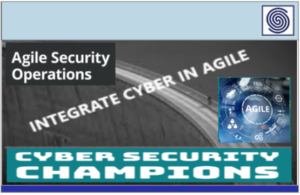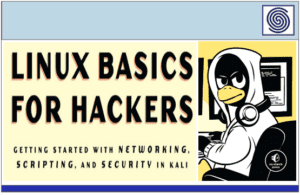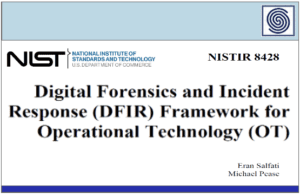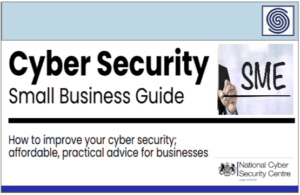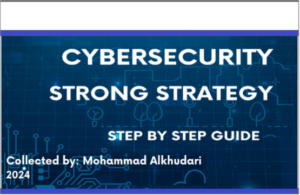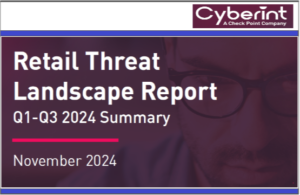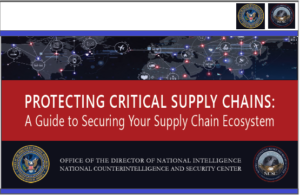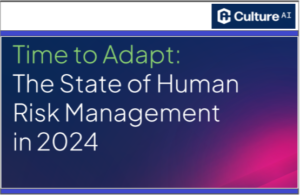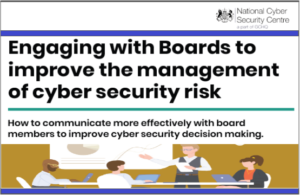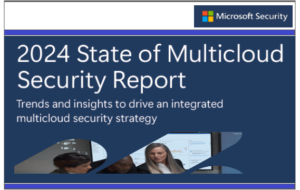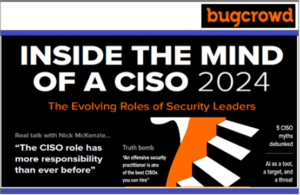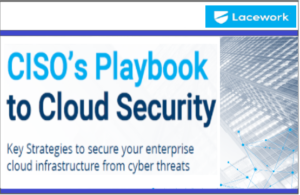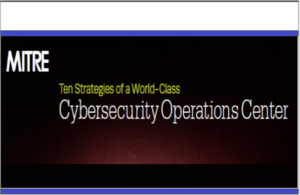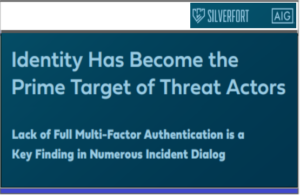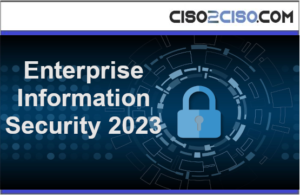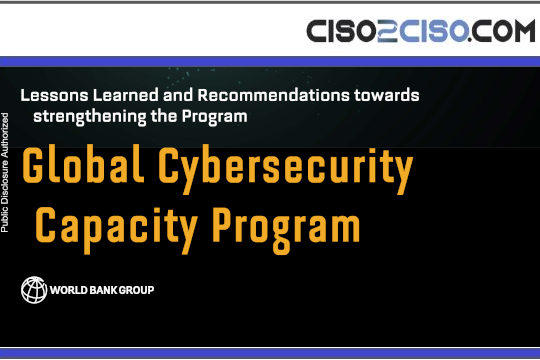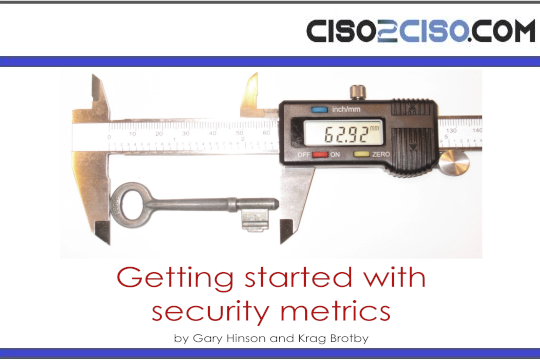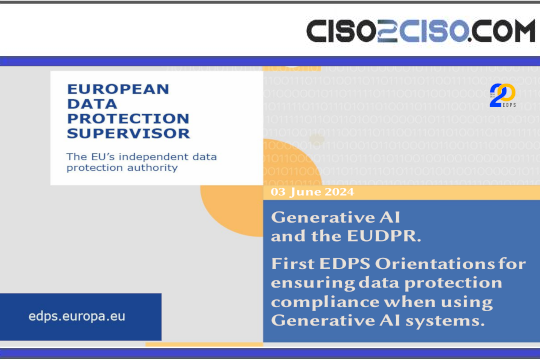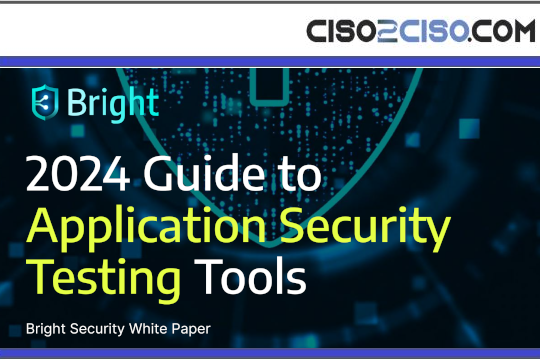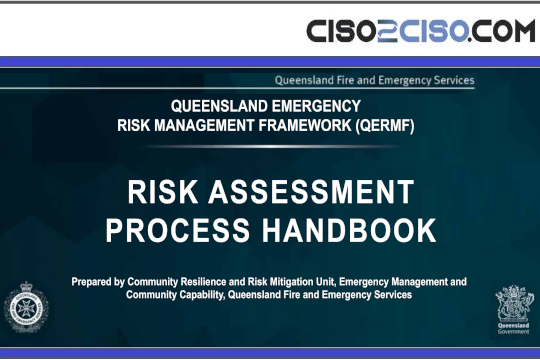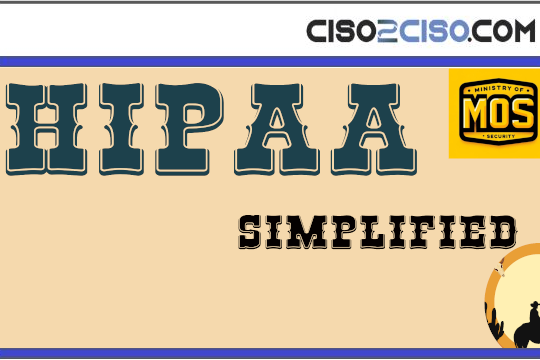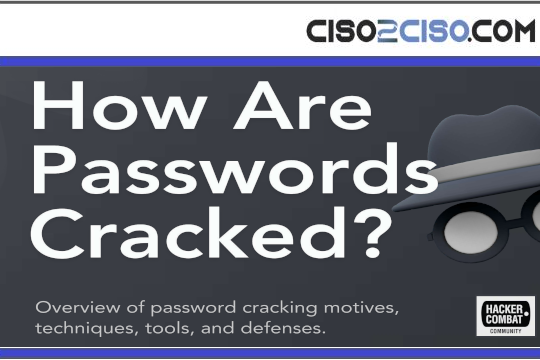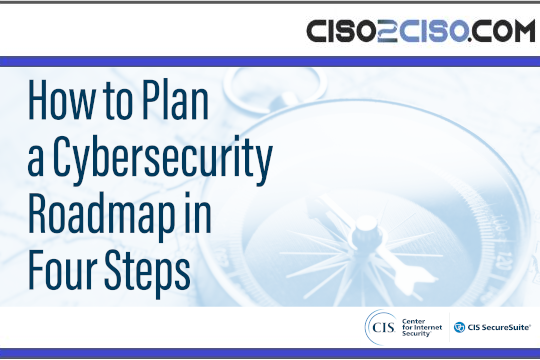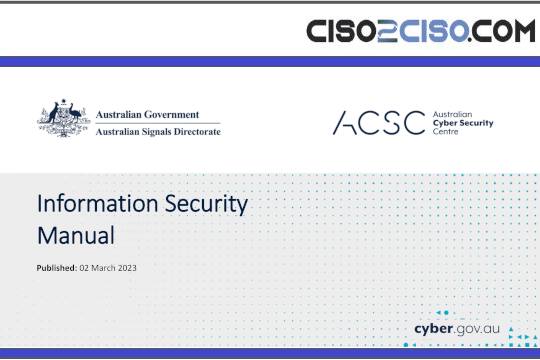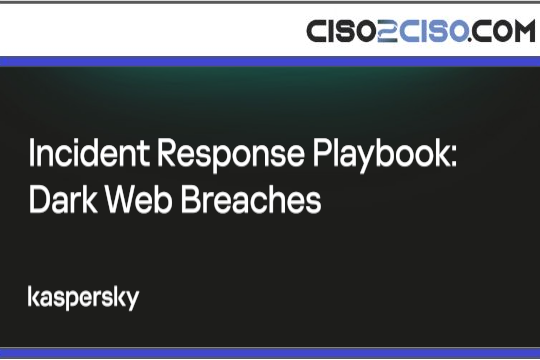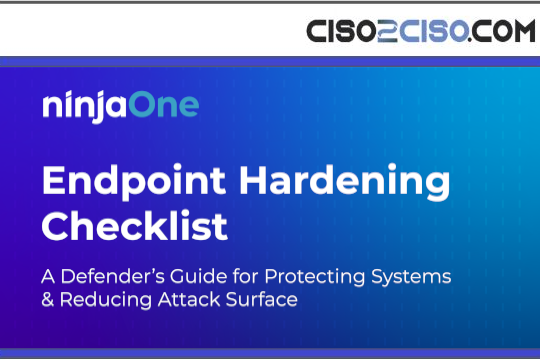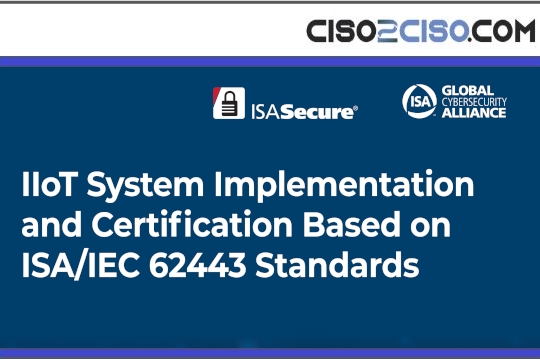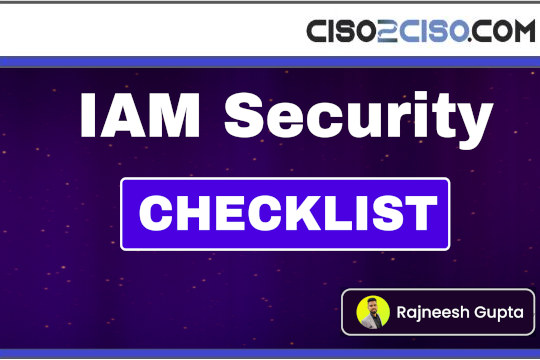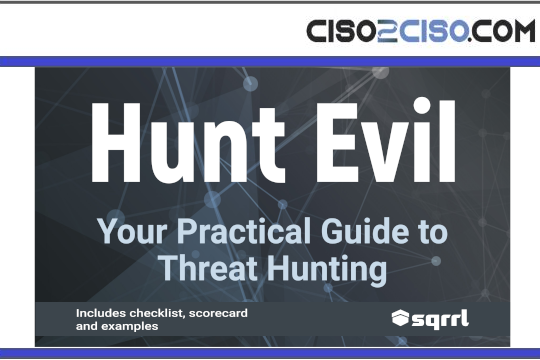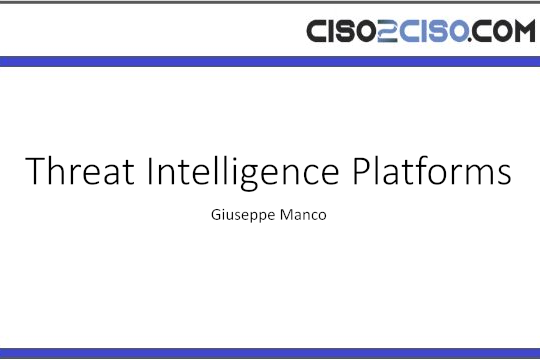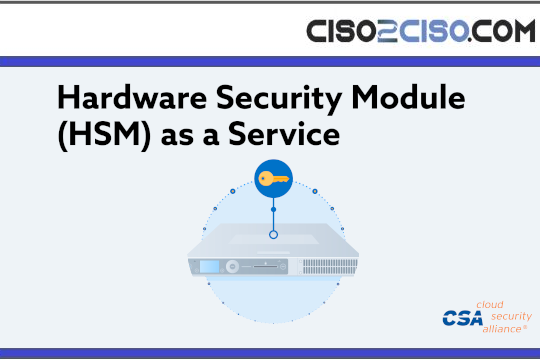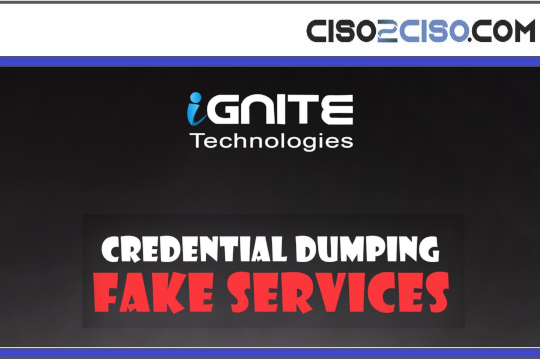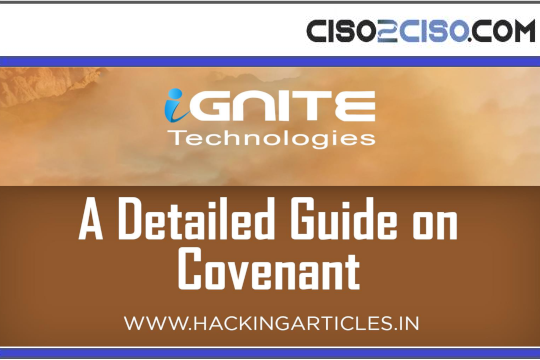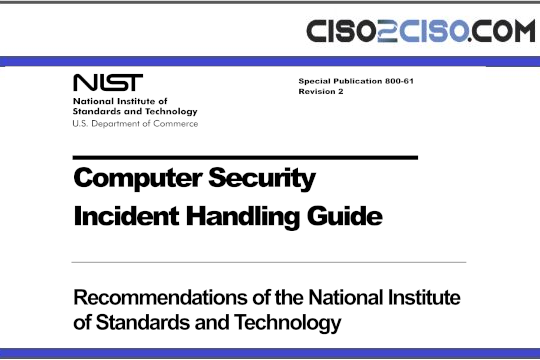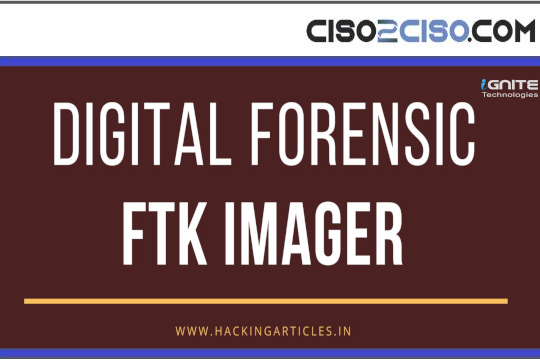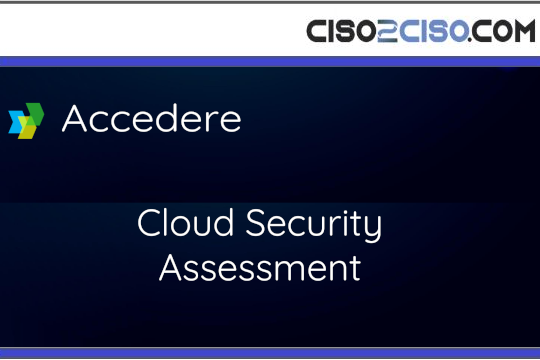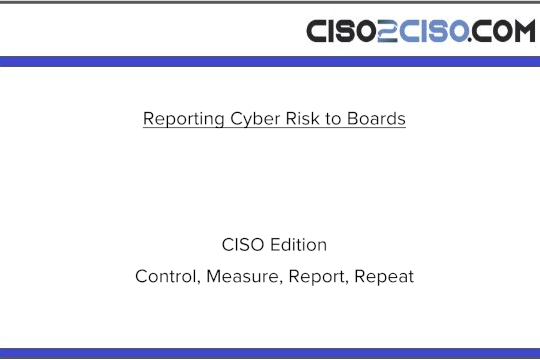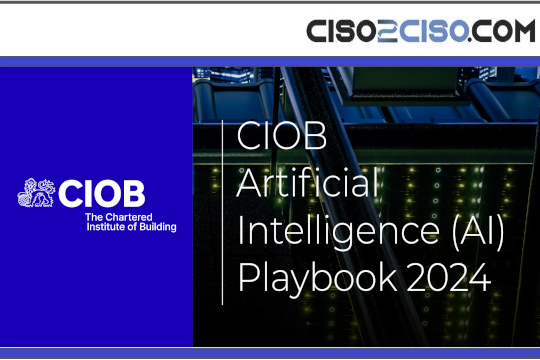Source: www.csoonline.com – Author:
Skills gaps, increased regulatory pressures, and digital transformation are just a few of the factors pushing the growth of burgeoning managed detection and response (MDR) market.
The managed detection and response (MDR) market is having a moment.
With traditional log collection and correlation tools struggling to keep up, and staffing for 24×7 coverage always a challenge, MDR provided by a specialist security provider is becoming an attractive choice for ensuring effective protection at a growing number of organizations.
According to Precedence Research, the global MDR market accounted for $2.95 billion in revenue in 2024 and is predicted to increase to $12.3 billion by 2034 — a compound annual growth rate of 15.3%.
And market intelligence firm Context sees MDR as the fastest growing segment of the endpoint protection market by far, with a year-on-year growth rate of 34.4%.
Here, managed service providers, industry analysts, and security consultants shed light the cybersecurity trends propelling that growth, now and in the years ahead.
Skills gaps spur rising demand for outsourced expertise
A global shortage of skilled cyber pros is proving to be a major driver for managed security solutions, including MDR, according to security experts and industry observers.
“Businesses are really struggling to build in-house security operations centers (SOCs), and when they do, retaining that talent is even harder,” Joe Turner, global director, research and business development at Context, tells CSO. “Hence the increasingly outsourced detection and response to MDR providers.”
“Building your own MDR/SOC capability is very expensive, hiring experts to cover nightshifts is not very compelling, and to make ends meet, 24/7, you need at least six to eight people,” points out Simon Jonker, director of security analysis at managed security services and incident response firm CSIS. “Experts required to run [detection and response] are expected to have a diverse knowledge base and experience — something you do not achieve by only hiring aspiring graduates.”
Ori Naishtein, vice president of Velocity MDR at penetration testing and incident response firm Sygnia, agrees. “Effective threat monitoring requires highly skilled teams capable of developing and tuning detections, as well as 24/7 vigilance — both of which are significant operational challenges for many organizations,” he says.
Digital transformation complexifies the attack surface
As businesses modernize their IT environments, the complexity of securing hybrid and cloud-native infrastructures increases, making MDR an attractive option for scalable, expert-led protection, experts say.
The shift to hybrid work, IoT adoption, and an increase in cloud migrations have dramatically expanded attack surfaces, while ransomware and AI-powered attacks constantly demand faster and smarter responses.
“Digital transformation is expanding the attack surface, cloud adoption is accelerating, and cyber threats are becoming more sophisticated and relentless,” says Geert Busse, solution architect director for EMEA, cybersecurity, and next-generation solutions at technology distributor Westcon-Comstor.
While not all organizations directly link increased cyber risk to growing MDR adoption, those that have “experienced significant breaches are more likely to prioritize continuous monitoring and rapid response capabilities,” Sygnia’s Naishtein says.
Regulatory compliance pushes smaller orgs to MDR
Meeting regulatory requirements is a major concern, especially for organizations in highly regulated sectors. “Many struggle to achieve compliance independently and view MDR as a practical solution,” Naishtein says.
Regulations such as GDPR and CCPA require organizations to detect and report breaches rapidly — pushing even small and midsize businesses toward MDR as a cost-effective solution.
“Regulatory pressure is mounting, with frameworks like NIS2 demanding faster detection and response capabilities,” Westcon-Comstor’s Busse says.
Context reports that the biggest growth in the MDR sector is being seen in 11-50 licence bundles, up 67%, and 1-10 licence bundles, up 52%, packages only suitable for smaller businesses.
MDR + zero trust + XDR push
MDR services are increasingly being integrated with zero trust architectures and extended detection and response (XDR) platforms to deliver a more cohesive and proactive security posture.
“Many vendors are aligning their services with zero trust principles, meaning embedding identity and access controls into the detection and response workflows,” Context’s Turner explains. “At the same time, MDR services are increasingly being built on or integrated with XDR platforms. … The goal being to combine endpoint, network, identity, and cloud telemetry for much faster and more contextualized threat responses.”
Sygnia’s Naishtein sees MDR’s embrace of zero trust architectures adding a “human-driven threat detection and response layer.”
“While Zero Trust focuses on identity verification and compliance, MDR enhances this model by actively monitoring for threats that bypass preventive controls,” he says.
With zero trust demanding continuous verification and least-privilege access and XDR unifying telemetry across endpoints, networks, and cloud, “MDR acts as the operational layer that brings these frameworks to life — correlating data, detecting threats in real-time, and orchestrating rapid responses,” Westcon-Comstor’s Busse says.
Shift to cloud-native MDR solutions
With enterprise IT strategies becoming increasingly cloud-centric, nearly all managed detection and response solutions today are designed to be cloud-native and delivered via SaaS.
“Most modern MDR offerings are built for the cloud, enabling rapid deployment, scalability, and centralized management,” Sygnia’s Naishtein says. “On-premises MDR solutions are now rare and typically limited to highly specialized or regulated environments.”
In addition to faster deployment, greater scalability, and real-time threat detection, cloud-native MDR also enables seamless integration with modern DevOps workflows and cloud-native tools, Context’s Turner says.
“Cloud-first MDR platforms are now becoming the preferred choice for many enterprises as this offers them scalability, faster deployment, and a smoother integration with cloud providers like AWS, Azure, and Google Cloud,” he says. “Another factor driving this shift is the growing demand for MDR services tailored to cloud-centric workloads and DevSecOps practices.”
TDIR on the rise
In many cases, MDR is delivered using XDR platforms, with vendors offering managed services to maximize the value of their technology. But there’s a growing trend toward threat detection, investigation, and response (TDIR) platforms, which align more naturally with MDR’s mission.
“Unlike XDR, which is often rooted in endpoint detection, TDIR platforms are designed to integrate across the entire security stack, offering broader visibility and response capabilities,” Sygnia’s Naishtein says.
Increasing AI integration enhances what MDR can achieve
AI and machine learning (ML) capabilities are being increasingly embedded into MDR platforms to enhance detection accuracy and operational efficiency.
These technologies enable faster, more accurate threat detection by analyzing vast volumes of data in real-time, identifying patterns and flagging anomalies that human analysts might miss. They also help reduce alert fatigue by prioritizing incidents based on risk and context.
“The continued development of machine learning allows organizations to apply a filter and context to the firehose of noise that a SOC would otherwise see,” says Martin Riley, CTO at Bridewell, a cybersecurity services provider.
Common use cases include alert summarization and triage, automated investigation and correlation, and reporting and incident prioritization.
This all helps reduce the number of false positives, while increasing the efficiency of investigations.
Some providers are also leveraging agentic AI to assist analysts with decision-making and response recommendations — for example, enforcing containment — or to automate routine tasks.
“Despite these advancements, human expertise remains essential, particularly when dealing with sophisticated or novel attack techniques that require contextual understanding and judgment,” Sygnia’s Naishtein says.
Market consolidation marks shift to end-to-end protection
As with many other cybersecurity domains, the MDR market is undergoing significant consolidation with large security vendors and private equity firms gobbling up smaller MDR providers.
According to Context, that M&A activity reflects a broader trend toward platformization, with vendors looking to offer end-to-end protection spanning not only endpoints but also networks, identities, the cloud, and even operational technology environments.
Notable MDR M&A activity in the past year includes:
- Arctic Wolf acquires Cylance. The $160M December 2024 deal adds advanced AI/EDR tech into the vendor’s existing MDR stack.
- WatchGuard acquires ActZero. The January 2025 deal paves the way for ActZero’s MDR service to scale Watchguard’s 24/7 operations and AI-driven triage.
- Sophos acquires Secureworks. The $849M acquisition in February 2025 gave Sophos 2,000 enterprise accounts and expanded MDR capabilities for its XDR and SIEM assets.
- Zscaler acquires Red Canary. The $675M deal, announced in May 2025, combines Red Canary’s MDR and threat intelligence capabilities with Zscaler’s Zero Trust and SOC automation via agentic AI.
- LevelBlue signs agreement to acquire Trustwave. In early July 2025, LevelBlue (formerly AT&T Cybersecurity) signed a definitive agreement to aquire the global provider of cybersecurity and managed detection and response (MDR) services. The pending acquisition will create the largest pure-play MSSP in the industry, according to LevelBlue.
SUBSCRIBE TO OUR NEWSLETTER
From our editors straight to your inbox
Get started by entering your email address below.
Original Post url: https://www.csoonline.com/article/4022854/8-trends-transforming-the-mdr-market-today.html
Category & Tags: Endpoint Protection, Incident Response, Intrusion Detection Software, Managed IT Services, Mergers and Acquisitions, Security – Endpoint Protection, Incident Response, Intrusion Detection Software, Managed IT Services, Mergers and Acquisitions, Security
Views: 5


